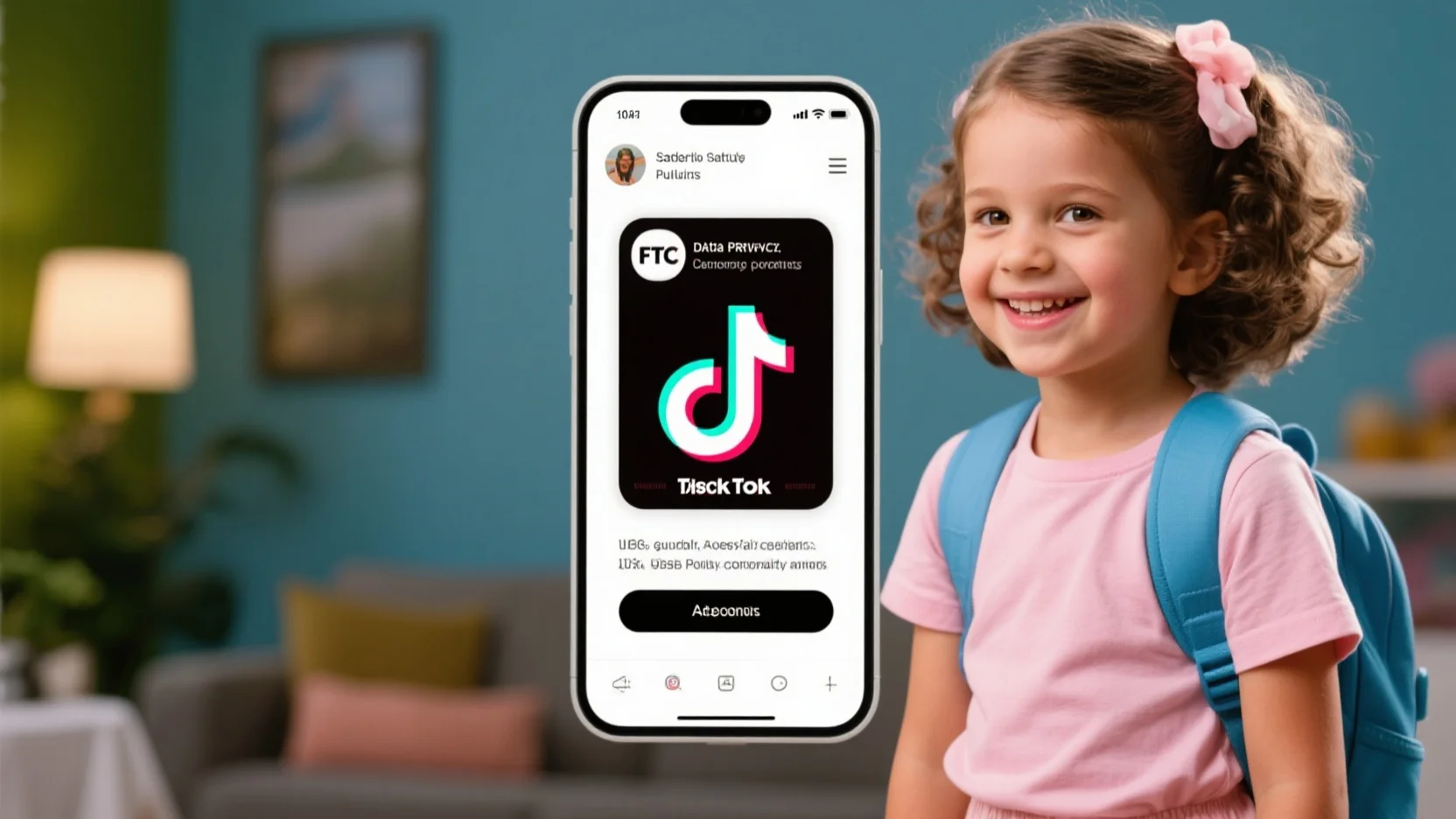
Comprehensive Guide to TikTok Ad Policy Compliance, FTC Guidelines, UGC Disclosures, Child Safety, and Data Privacy in Ads
In 2023, TikTok’s €345 million fine for mishandling children’s data and Meta’s €390 million penalty spotlight the urgency of TikTok ad policy compliance. According to a SEMrush 2023 study and Google Analytics, accurate ad info